1. Naperville, Illinois
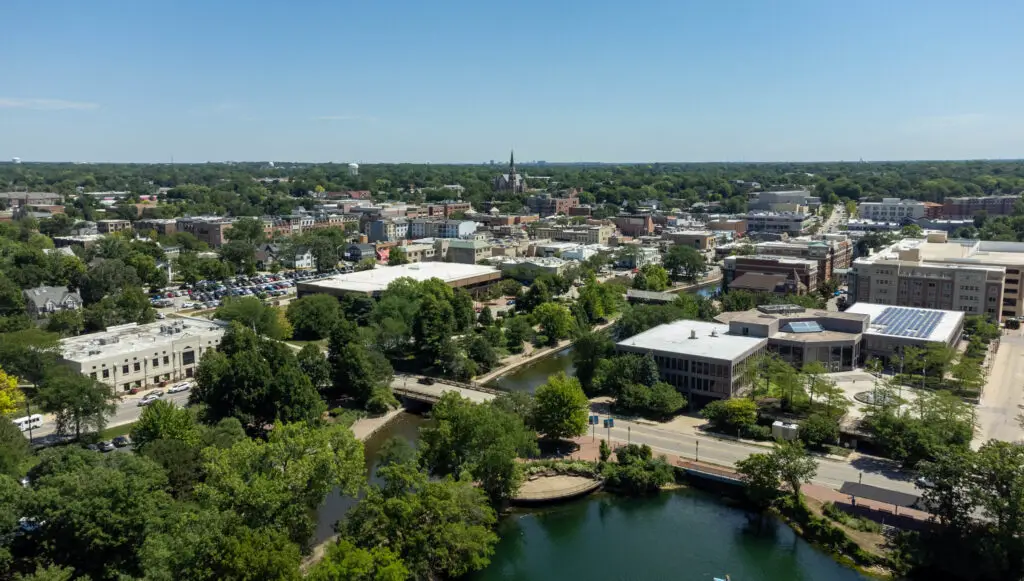
Naperville, Illinois, once celebrated for its family-friendly environment and suburban charm, is now experiencing a noticeable outflow of residents. This shift is largely driven by rising property taxes and a steady decline in local job opportunities. While Naperville had long been considered one of the best places to live in the Chicago metropolitan area, many younger families are now seeking more affordable areas with better economic prospects. As property taxes continue to climb, many residents find it increasingly difficult to stay in the area, particularly as salaries haven’t kept up with the cost of living. The once-thriving community is seeing an increasing number of vacant homes and businesses, signaling a downturn in local economic activity.
The influx of new residents that once defined Naperville is slowing, leaving behind an aging population that is less likely to invest in new developments. Additionally, local schools and amenities, once key selling points, are now facing challenges due to reduced resources and the growing number of empty spaces. The shift toward suburban flight is becoming more evident, and many are choosing to move to surrounding areas with lower costs and better economic growth. As more families move out, the overall vibrancy of Naperville begins to fade, creating a less attractive option for future homebuyers. According to Chicago Tribune, Naperville’s population decline reflects a broader trend of outmigration from suburban areas in search of affordable housing and new opportunities.
2. Henderson, Nevada
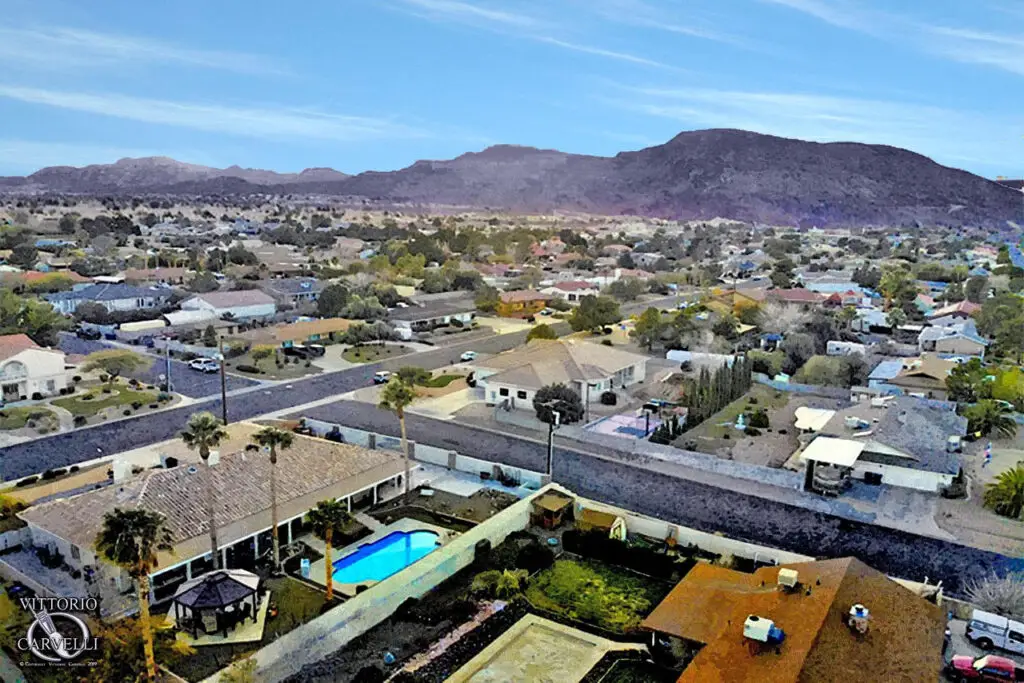
Henderson, a rapidly growing suburb of Las Vegas, has recently seen a significant exodus of residents, largely due to environmental and economic challenges. The prolonged drought affecting the region has exacerbated water shortages, a critical issue for residents and local businesses. With rising utility costs and limited water resources, living in Henderson has become increasingly difficult, leading many families to seek out areas with more sustainable living conditions. As the region struggles with these ongoing issues, residents are looking for communities with better water management practices and more reliable infrastructure.
The appeal of Henderson, once bolstered by its proximity to Las Vegas and its growing economy, is now waning as sustainability concerns dominate local discussions. As water scarcity worsens and utility bills rise, many are turning their attention to areas less affected by these challenges, resulting in a slowdown in the housing market. Moreover, the region’s rapid population growth, coupled with limited resources, has strained the local government’s ability to keep up with demand. As remote work becomes more common, residents are increasingly able to relocate to cities with more reliable environmental conditions. For more insights into water scarcity and its effects on urban areas, visit The Water Project. As Henderson grapples with these pressing issues, its future growth appears uncertain, with many residents opting for more sustainable and reliable alternatives.
3. Frisco, Texas
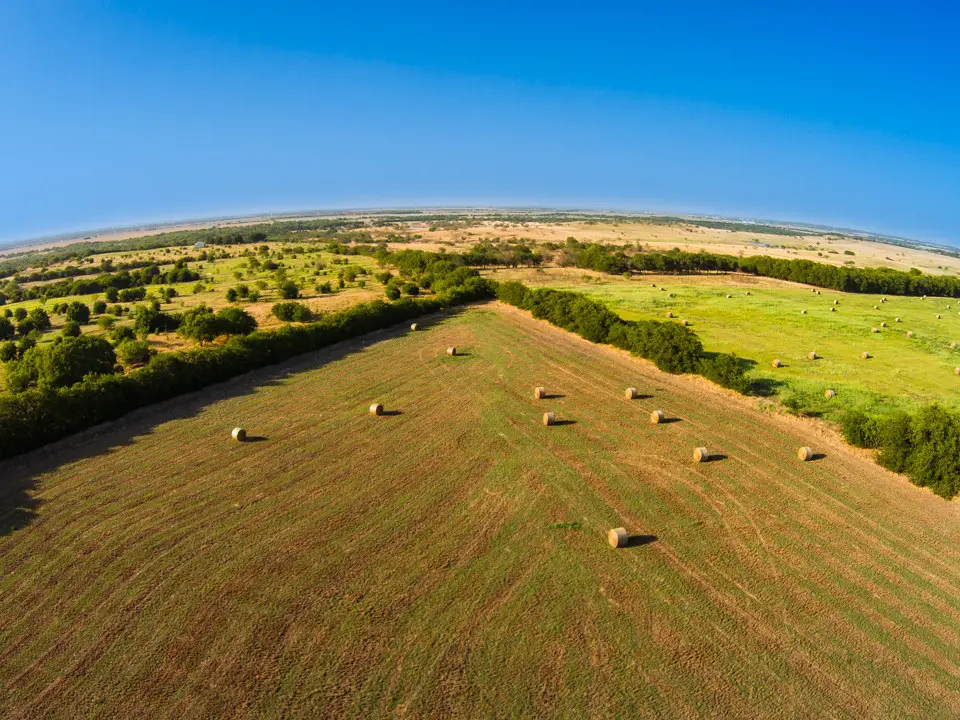
Frisco, Texas, once a booming hub for tech professionals and business executives, is now facing the repercussions of rapid overdevelopment. The area’s explosive growth has outpaced the development of necessary infrastructure, leading to congestion, strain on public services, and a decline in quality of life for many residents. Housing costs in Frisco have surged dramatically as demand for property has intensified, making it increasingly difficult for longtime residents to afford to stay. The combination of rising property prices and inadequate infrastructure has caused many to look for smaller, more affordable towns with less congestion and more manageable living conditions. Residents, particularly those working remotely, are finding it easier to relocate to suburban areas that offer a better balance of cost of living and lifestyle.
The growing frustrations with overcrowding, combined with skyrocketing housing costs, have led to a noticeable shift away from Frisco toward neighboring communities that promise a slower pace of life. This migration trend is contributing to vacancies in both residential homes and local businesses. Despite Frisco’s vibrant economy, the city is now struggling to maintain its appeal as a desirable place to live. The ongoing challenges faced by Frisco highlight the complexities of rapid urbanization and its long-term effects on community satisfaction. For more on the effects of overdevelopment, visit Dallas Morning News. The rapid growth of Frisco is now giving way to a growing desire for more sustainable, well-planned living spaces.
4. Irvine, California
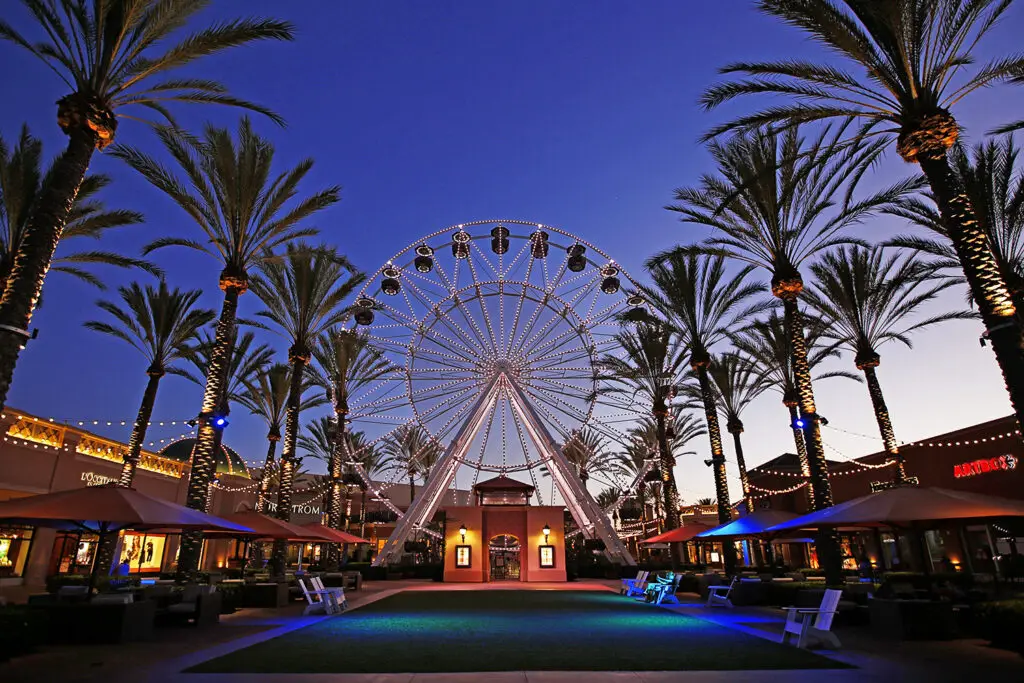
Irvine, California, once renowned for its planned neighborhoods, excellent schools, and proximity to major employers, is now facing an exodus of residents. As housing prices have soared to unattainable levels, many families are choosing to relocate to more affordable states, leaving Irvine’s once-bustling neighborhoods less populated. The high cost of living, particularly the rising housing market, has made it increasingly difficult for many residents, especially young families, to stay in the area. The flexibility of remote work has allowed individuals to move away from Irvine without sacrificing career opportunities, as they no longer need to live near their employers.
With housing prices continuing to climb, Irvine’s appeal is diminishing, as many are opting for cities in other states with lower living costs. While Irvine’s reputation for quality of life remains intact, its unaffordability is pushing many to explore suburban options in other parts of the country. As people leave the area, fewer businesses are willing to invest in new developments, leading to a decline in economic activity. With the shift towards remote work becoming more permanent, families are increasingly choosing places where the cost of living aligns with their financial goals. For more on how remote work is influencing housing trends, visit Forbes. Irvine’s loss of residents reflects the growing trend of families relocating to more affordable and accessible regions.
5. Cary, North Carolina
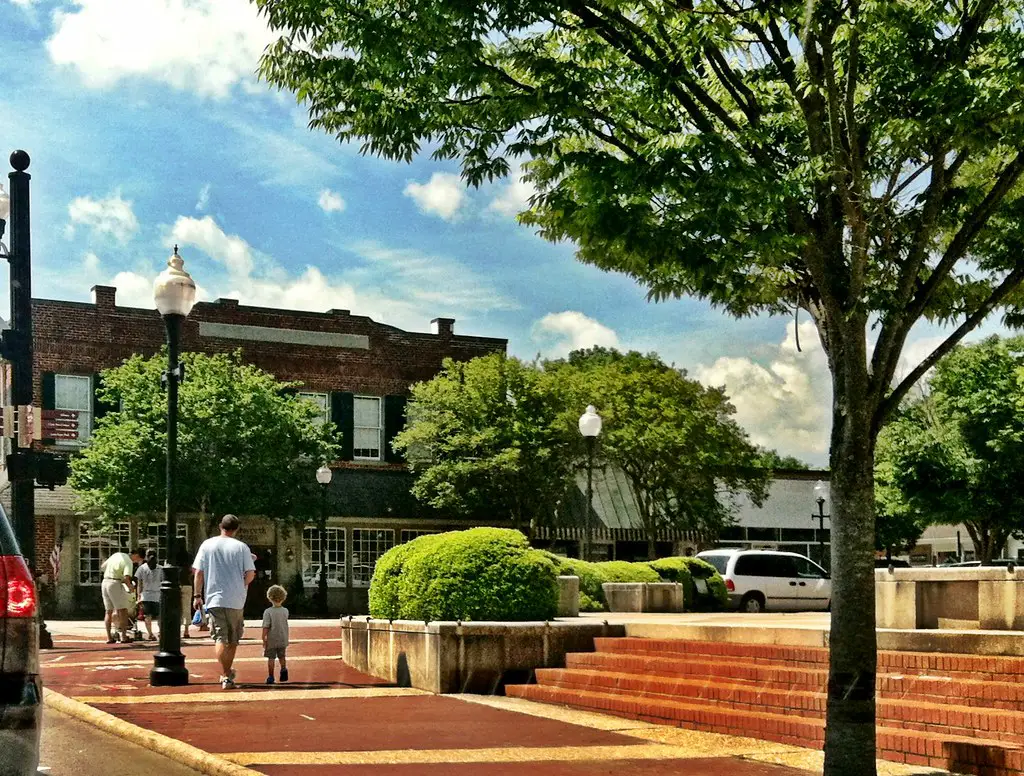
Cary, North Carolina, once considered a flourishing suburb with a high quality of life, is now grappling with the effects of rising home prices and increasing property taxes. As the cost of living has risen in recent years, longtime residents are being priced out of the market, forcing many to look for more affordable areas in nearby towns. This shift has resulted in a decline in new residents moving to the area, which was once known for its welcoming community and excellent amenities. Cary’s once-thriving economy is now showing signs of stagnation, with fewer new businesses and startups choosing to establish themselves in the area.
The higher property taxes have added an additional burden for homeowners, making it difficult for families to maintain their standard of living. Many are now opting for towns with lower property taxes and more affordable housing options, moving away from Cary’s higher cost of living. The steady decline in population and economic activity in Cary is indicative of broader challenges faced by once-thriving suburban communities. As more families leave for greener pastures, Cary is seeing a noticeable decrease in both commercial and residential activity. For more about how rising property taxes affect communities, visit NerdWallet. Cary’s transformation from a vibrant community to a quieter suburb is a reflection of the shifting dynamics of modern suburban living.
6. Boulder City, Nevada
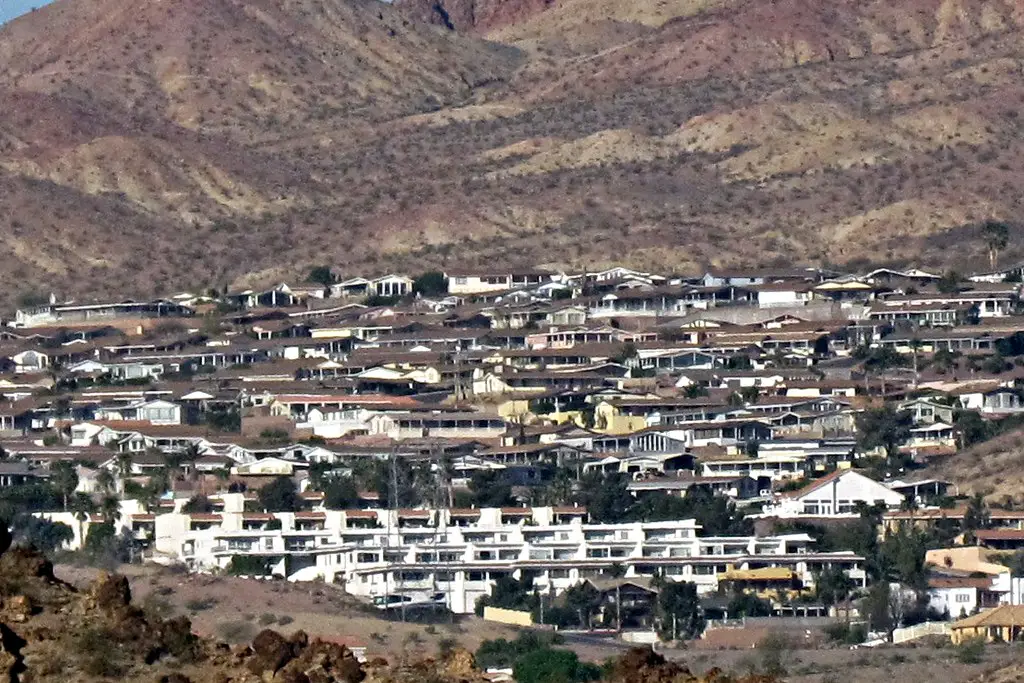
Boulder City, Nevada, a town once beloved for its close-knit community and scenic views of Lake Mead, is facing significant challenges as environmental factors and economic decline take their toll. The region is grappling with worsening drought conditions that have put immense pressure on local resources, particularly water availability. With tourism, once a key driver of the local economy, dwindling due to lower water levels and restricted access to Lake Mead, many businesses in Boulder City are struggling to stay afloat. The ripple effects of reduced tourism and a shrinking population have left the town with a noticeably lower economic activity, as fewer people are moving in and local businesses are closing.
As a result, the once-bustling streets of Boulder City are becoming quieter, with residents moving to nearby areas in search of more stable economic prospects. The town’s charm, once its biggest draw, is now overshadowed by the practical challenges posed by its environmental and economic circumstances. With fewer opportunities for employment and community engagement, Boulder City’s population is expected to continue its downward trend unless more sustainable economic models are developed. For insights into how water scarcity affects local economies, visit The Desert Research Institute. As Boulder City continues to face these environmental and economic struggles, its future as a thriving community remains uncertain.
7. Plantation, Florida
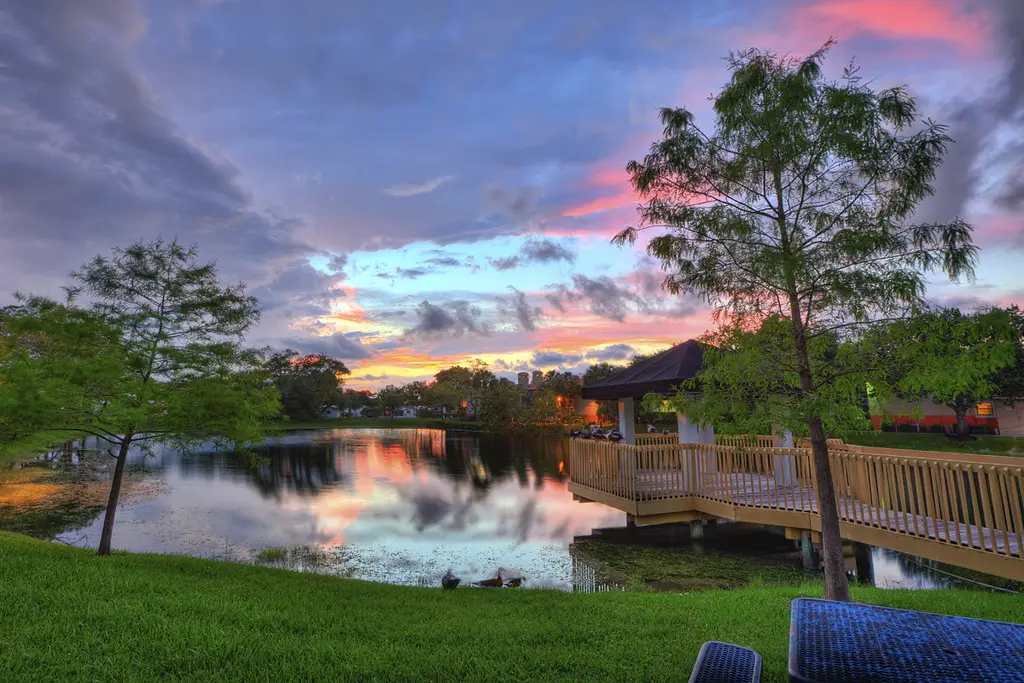
Located in South Florida, Plantation is facing a growing set of challenges due to frequent flooding and intensifying storms, which have made the city less desirable for potential residents. Rising sea levels and the increasing severity of hurricanes and tropical storms are putting pressure on local infrastructure and homes. As a result, property insurance costs are soaring, further burdening residents who are already grappling with the costs of storm preparedness and recovery. Many are concerned about the long-term viability of living in areas prone to such frequent environmental threats, and as a result, the city’s appeal is diminishing. Buyers are increasingly looking for homes situated in areas further from flood zones or with better flood mitigation infrastructure.
As insurance premiums rise and concerns about future flooding grow, many residents are choosing to relocate to higher ground, both literally and figuratively, seeking more stable living conditions. The exodus of residents combined with increasing costs has left Plantation struggling to maintain its population and economic vitality. Local businesses and property owners are feeling the financial strain as demand for properties continues to decline. For more on how climate change impacts coastal cities, visit National Geographic. Plantation’s ongoing challenges with flooding and storm risks have made it a less attractive option for those looking for stability in the face of climate change.
8. Overland Park, Kansas
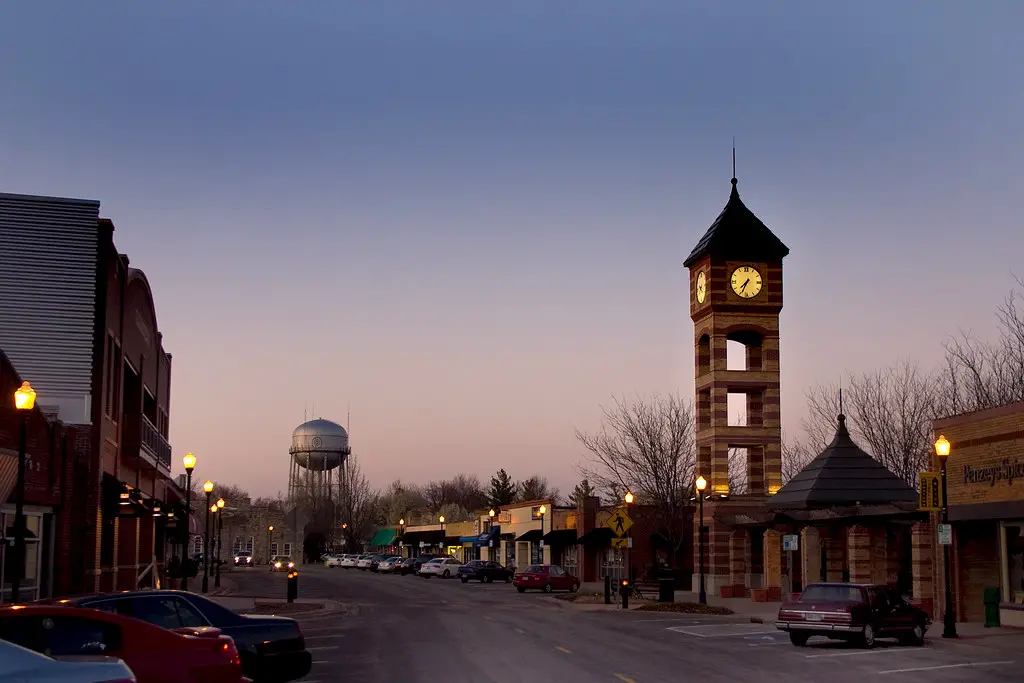
Overland Park, Kansas, once a thriving suburban community, is now facing stagnation in its economic growth, leading to a noticeable population decline. As fewer job opportunities arise locally, particularly for younger professionals, many residents are moving to larger cities with more dynamic economies. The suburban landscape that once drew people in with its quiet streets and excellent schools is now struggling to keep up with the demands of a younger workforce that seeks more vibrant opportunities. While Overland Park’s reputation for safety and family-friendly amenities remains intact, its lack of economic diversity and job growth has left many seeking better prospects elsewhere.
The suburb’s economy has remained stagnant, with few new businesses opening and limited innovation in local industries. This stagnation has led to a slow but steady population decrease, as younger generations are opting for cities that offer greater career opportunities and a more dynamic lifestyle. With the influx of remote work, many people no longer need to live in traditional business hubs, and instead are choosing cities that better match their needs. For more on how economic growth impacts suburban migration, check out Kansas City Star. Overland Park’s lack of economic progress is reshaping its future, causing it to lose residents to more active and opportunity-rich locations.
9. Peoria, Arizona
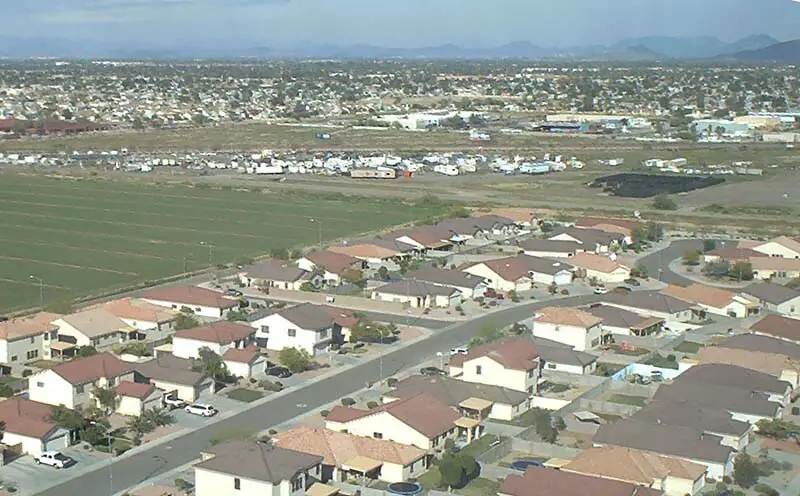
Peoria, Arizona, a suburb of Phoenix, is struggling to retain its population due to the combined effects of water scarcity and urban sprawl. The region’s arid climate, high utility costs, and limited water resources are making life more difficult for residents and deterring potential buyers. As drought conditions become more severe, the cost of living in Peoria is rising, making it less attractive compared to other areas with more reliable resources. Urban sprawl, which once fueled the town’s growth, has led to a rise in housing prices, while local infrastructure has struggled to keep pace. The lack of green spaces and increasing demand for water have made Peoria a less sustainable option for families looking for long-term stability.
With remote work allowing people to relocate to more sustainable locations, many are choosing areas that offer greener environments and more reliable resources. The shift to more eco-conscious communities with better access to water and affordable living is causing Peoria to see a steady outflow of residents. The ongoing issues with water scarcity and urbanization have left the community struggling to attract new residents or businesses. For more on how water scarcity affects cities, visit The Arizona Republic. Peoria’s challenges reflect a broader trend of people seeking out more sustainable and resource-abundant areas to settle in.
10. Beaverton, Oregon
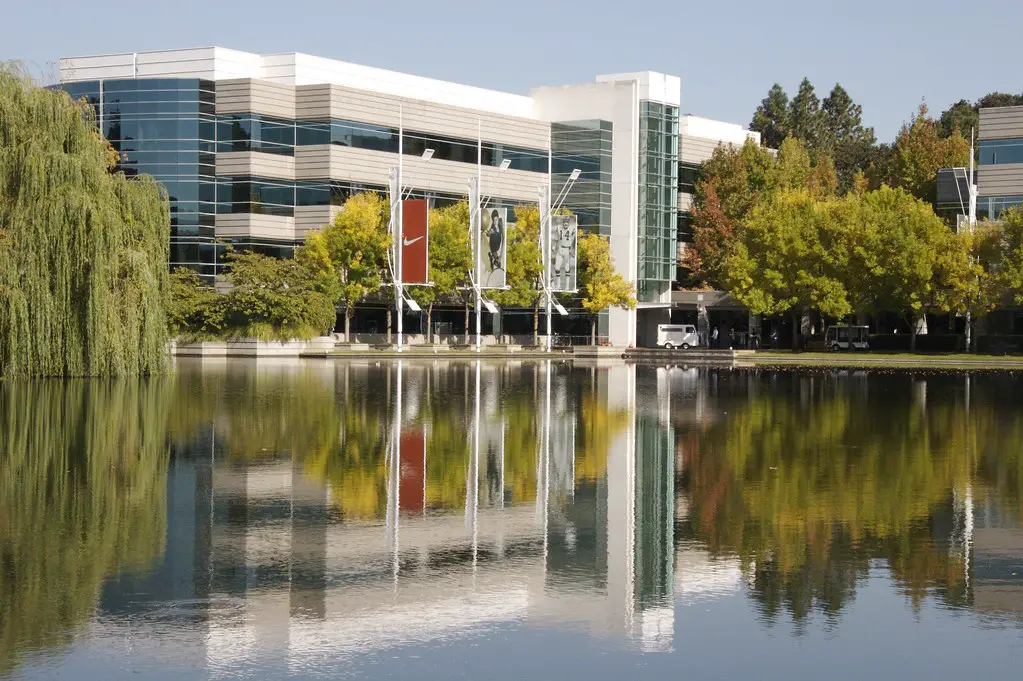
Beaverton, Oregon, a suburb of Portland, is facing significant challenges as rising living costs and increasing crime rates push residents to seek alternatives elsewhere. The once-thriving community, known for its proximity to Portland’s urban amenities and beautiful natural surroundings, is becoming less attractive due to escalating housing prices and quality of life concerns. Many long-time residents are moving out in search of more affordable options in surrounding towns or rural areas, where the cost of living is lower. The rise in crime, particularly property crimes and petty thefts, has added to the anxiety of homeowners, who are now questioning whether the benefits of living in Beaverton outweigh the rising costs and security risks.
Remote work has made it easier for professionals to relocate to less expensive, quieter communities, further contributing to the suburb’s population decline. Beaverton’s struggle to maintain its character as a vibrant, affordable community has been compounded by the high cost of housing and a noticeable increase in crime rates. With fewer residents and less economic activity, local businesses are beginning to feel the effects of the population shift. For insights into crime rates and their effects on real estate, visit The Oregonian. As Beaverton’s affordability and safety concerns mount, the suburb is increasingly losing its once-appealing edge as a desirable place to live.
11. Cherry Hill, New Jersey
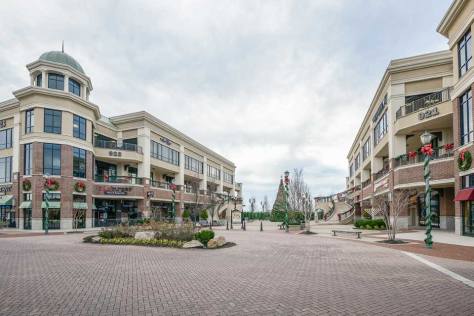
Cherry Hill, New Jersey, once a bustling suburban community with a vibrant retail and dining scene, is now grappling with economic stagnation and shifting consumer habits. The retail sector, once a significant contributor to the local economy, is struggling due to changing shopping trends and the rise of online commerce. As younger generations move toward more dynamic cities with a variety of job opportunities and entertainment options, Cherry Hill’s population is aging, and fewer new residents are choosing to move in. The shift in consumer behavior has led to a decline in the town’s retail and dining establishments, contributing to the broader economic slowdown.
Cherry Hill’s once-thriving business community is now facing closures and reduced foot traffic, with fewer opportunities for new business ventures to take root. The town’s aging population and declining economic activity are reshaping its future, making it a less attractive option for younger families looking for vibrant communities. The increase in remote work has further fueled this migration to more dynamic and opportunity-rich locations, leading to a further decrease in Cherry Hill’s population. For more on the impacts of economic stagnation on suburban areas, visit NJ.com. Cherry Hill’s economic struggles are reshaping the community, leaving it with fewer young residents and a less active commercial sector.
12. Livonia, Michigan
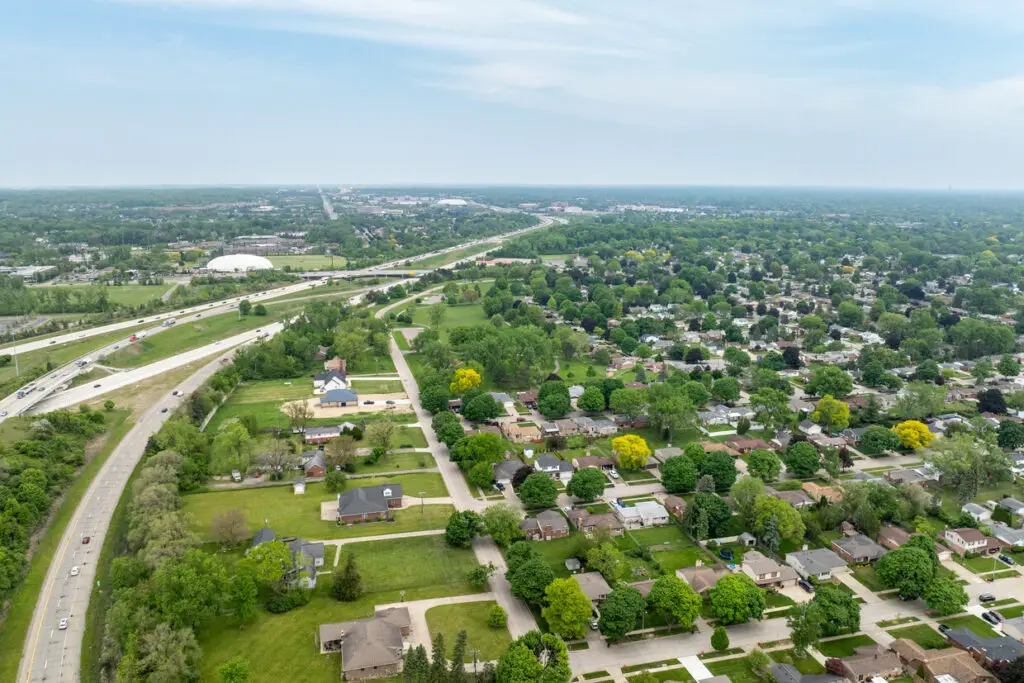
Livonia, Michigan, once a thriving suburban community known for its family-friendly environment, is now facing the effects of population decline and decreasing home values. As younger families move to more vibrant cities with better job prospects and amenities, Livonia’s population is steadily shrinking. The lack of new job opportunities in the area has contributed to a stagnant economy, with many residents seeking work in nearby Detroit or other metropolitan areas. The city’s once-strong real estate market is now seeing declining home values, which makes it difficult for current homeowners to sell their properties at a reasonable price. Additionally, the area’s aging population is making it harder to revitalize the community, as fewer younger residents are moving in to replace those who are retiring or relocating.
Livonia’s economic stagnation has led to a noticeable decline in local businesses, as fewer people are spending money in the area. Without the influx of new residents and businesses, the city is experiencing the slow decay of its suburban character. While there are efforts to reinvigorate Livonia’s economy through infrastructure projects, the challenge of attracting young professionals and families remains. For more insights on how suburban population shifts are affecting real estate, check out The Detroit News. Livonia’s struggle to maintain its status as a desirable suburb reflects broader trends across the country, where economic stagnation is leading to population shifts.
13. Roswell, Georgia
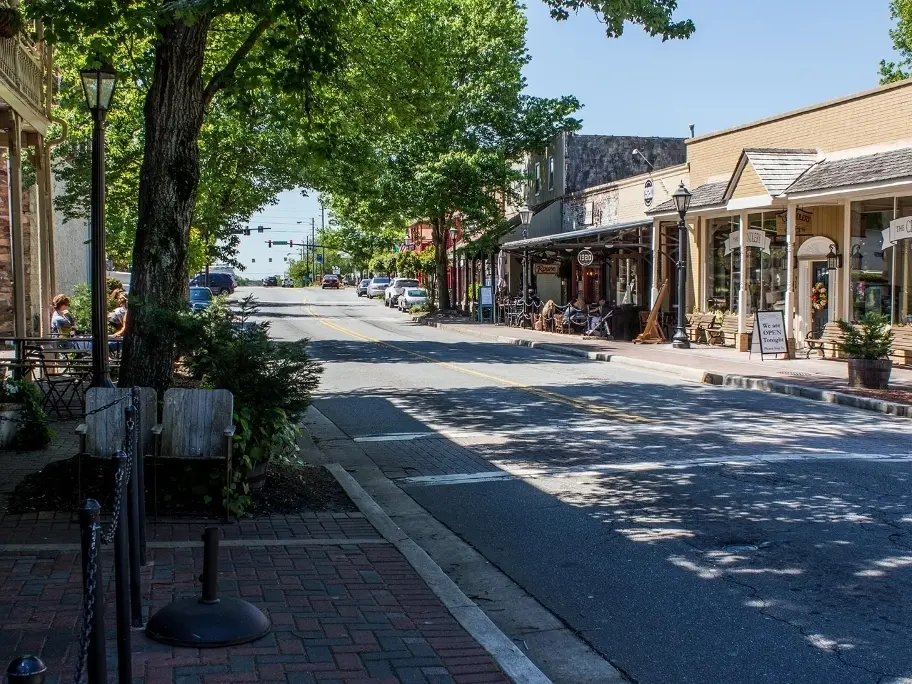
Roswell, Georgia, once known for its charming small-town atmosphere and proximity to Atlanta, is facing an ongoing challenge due to rapid gentrification and rising housing costs. While the suburb’s picturesque neighborhoods and historic charm continue to attract interest, its affordability is increasingly out of reach for long-time residents. The influx of wealthier buyers has driven up property values and rents, forcing many working-class families to move elsewhere. The transformation of Roswell is reshaping its community, as longtime residents are replaced by newcomers who can afford the rising costs. As the city becomes more upscale, local businesses that catered to a more budget-conscious clientele are struggling to keep up with the changing demographic.
The pressure of rising housing prices, combined with a lack of affordable housing options, has created an exodus of families who can no longer afford to live in the area. Roswell’s charm remains, but its changing character has left many feeling displaced and frustrated by the costs of living. With fewer affordable housing options, young professionals and families are choosing nearby cities with more reasonable prices and better access to amenities. According to Atlanta Journal-Constitution, Roswell’s gentrification continues to drive economic change, but it’s leaving behind residents who can no longer afford to stay. The transformation of Roswell highlights the effects of gentrification on affordability, which is causing many long-time residents to seek more affordable living options.
14. Provo, Utah
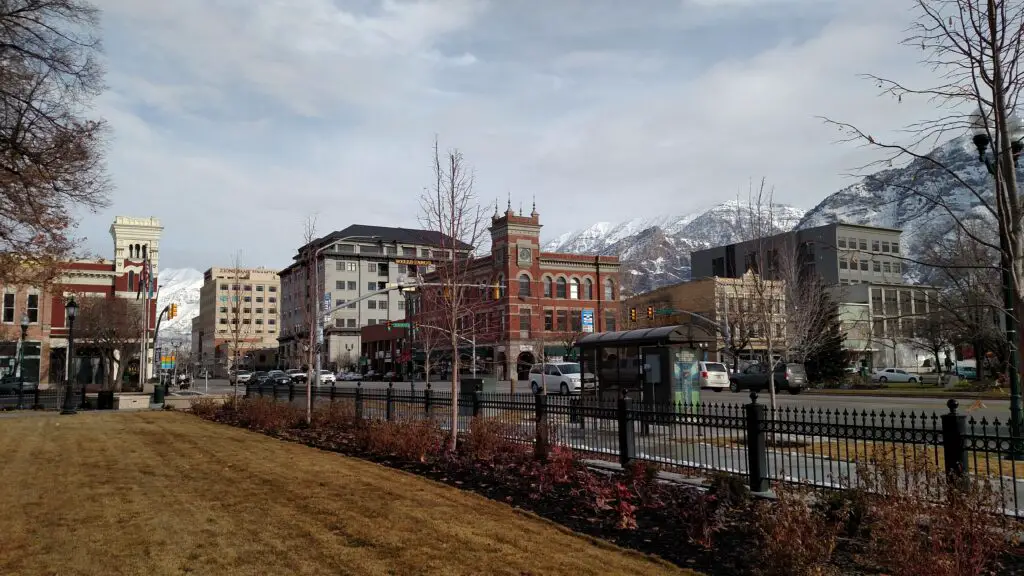
Provo, Utah, once a thriving hub for tech startups and young professionals, is now facing a slowdown in its economic growth, causing many residents to seek new opportunities elsewhere. While the city’s tech scene initially attracted a wave of innovation and investment, the high cost of living and limited amenities are prompting residents to leave in search of more balanced communities. As housing costs continue to rise, many people are finding it increasingly difficult to afford to live in Provo, especially given the area’s limited job opportunities outside of the tech sector. The rapid pace of development that once made Provo an attractive destination is now contributing to overcrowding and rising costs, which have left many residents feeling priced out.
Additionally, the lack of sufficient infrastructure and amenities to support the growing population is straining the community, leading to frustrations among long-time residents. Many people, particularly young families and professionals, are opting for cities that offer a better balance of cost of living, career prospects, and quality of life. The slowdown in Provo’s economic growth is reflected in a noticeable decline in local businesses and a rise in vacant properties. As more people leave, the city’s once-vibrant character is diminishing, and Provo is struggling to retain its appeal as a place to live and work. For more on the shifting dynamics in Provo, visit Deseret News. The changes in Provo illustrate how rapid growth, without adequate infrastructure, can lead to an unsustainable community that loses its luster.
